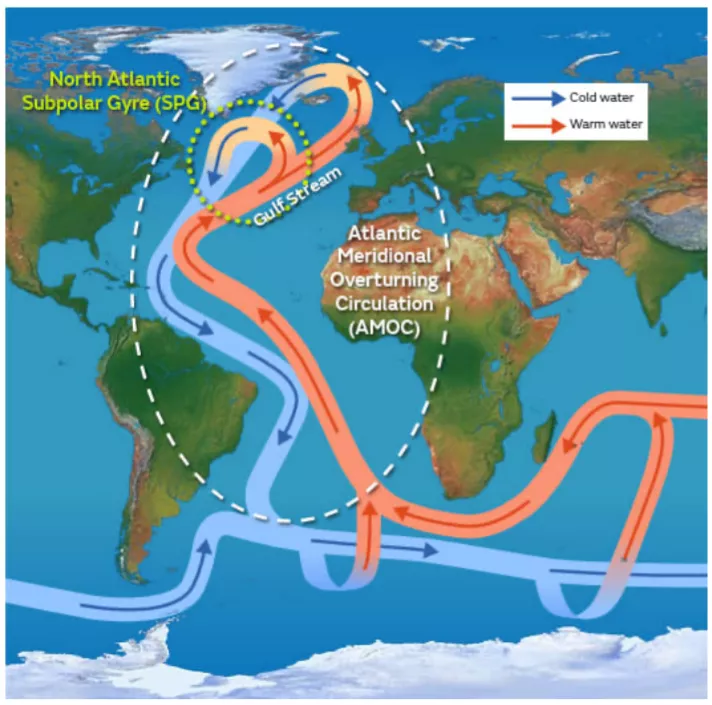![]() 15 Nov 2025
15 Nov 2025

Iceland has officially recognized the potential collapse of the Atlantic Meridional Overturning Circulation (AMOC) as an existential threat to its national security
 It is often called the “ocean’s conveyor belt” because it continuously moves warm and cold water masses throughout the “Atlantic Ocean” with “between the tropics and the polar regions of the Atlantic”.
It is often called the “ocean’s conveyor belt” because it continuously moves warm and cold water masses throughout the “Atlantic Ocean” with “between the tropics and the polar regions of the Atlantic”.Check Out UPSC CSE Books
Visit PW Store
<div class="new-fform">
</div>
